52 in 52 – #41: The CENSER Trial
EMDocs
AUGUST 17, 2023
mL/kg/hr for 2 consecutive hours OR Decrease in serum lactate by more than 10% from initial level Primary outcome – Early norepinephrine group vs. the control group demonstrated higher rates of shock control at 6 hours: 76.1% I will continue to reach for pressors early in resuscitation of the septic shock patient.


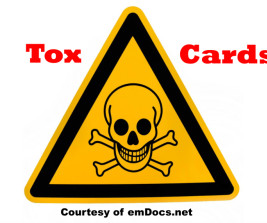

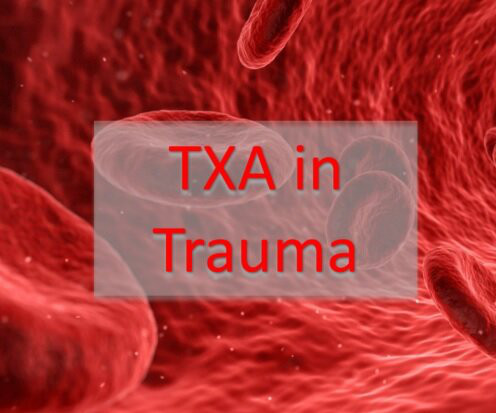
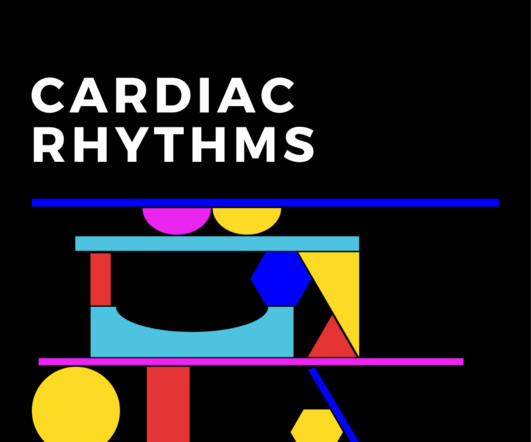


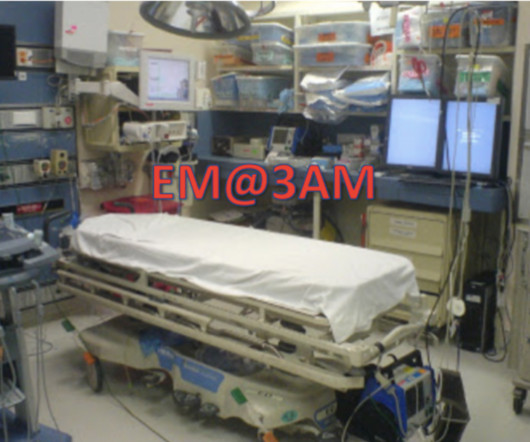



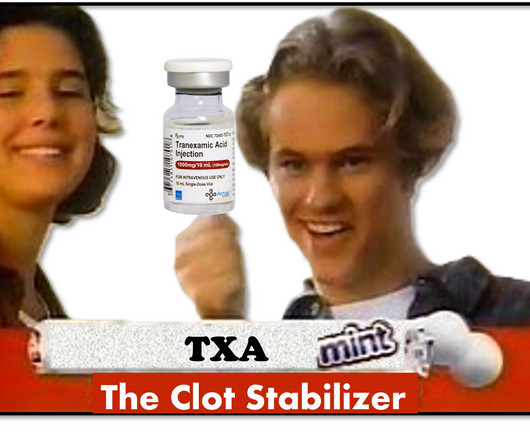
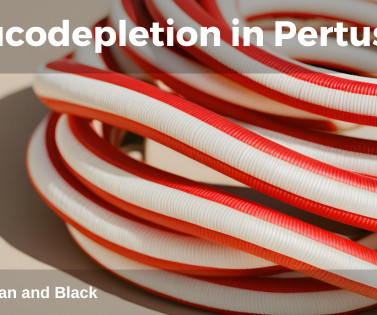







Let's personalize your content